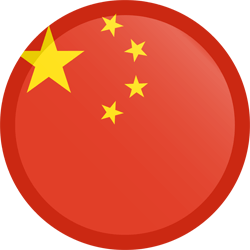The most important part of the [International Monetary Fund] IMF’s latest assessment of China is—alas—the appendix on China’s new methodology for calculating China’s trade balance.
It at least explains why China’s balance of payments trade surplus diverges from China’s customs trade surplus, and why the gap started to explode around 2022 […] China’s data doesn’t agree with itself. One measure of the goods deficit is a lot bigger than another measure of the goods surplus.
[…]
You might think that a foreign firm producing in China for sale in China (“in China for China” is a thing) would not register in China’s trade data. After all, goods made in China and sold in China never cross a border, and thus should not show up in the customs data.
But in the new balance of payments data, China basically reports a trade deficit with itself because of foreign firms producing in China.
[…]
If a foreign firm contracts with a Chinese firm to manufacture that foreign firm’s goods in China, and then receives delivery of those goods in China, China counts this as an export.
[…]
But the strange turn happens if the foreign firm turns around and sells the good that a contract manufacturer produced for it inside China. Such goods are now being counted as an import in the balance of payments data.
Thus, China exports goods to foreign firms operating in China, and then imports those goods back from the same firm even though the goods never leave China. If the goods are sold at a higher price than the contract manufacturer receives, it ends up being reported as a trade deficit in the balance of payments.
[…]
So Chinese production for the Chinese market by foreign firms is somehow generating a trade deficit in the balance of payments data. This, of course, makes no real economic sense.
[…]
Bottom line: there is no good reason to think that this adjustment in captures anything important about how China’s economy interacts with the global economy. All this “fake” trade deficit does is reduce China’s reported current account surplus—as the goods surplus in the balance of payments is now about $300 billion (over 1.5 percentage points of China’s GDP) smaller than what it should be in the balance of payments data [while the author estimates] the current account surplus to be close to $700 billion even after the drop tied the resumption of tourism in 2023.
[…]
What matters for now is that a large number of analysts are using China’s current account data to assess China’s impact on the world without realizing that the fall in China’s surplus since 2021 is basically an artifact of difficult to justify changes in China’s balance of payments methodology. The real story is found in the old fashioned goods data.


